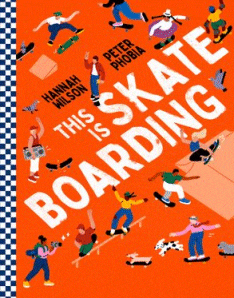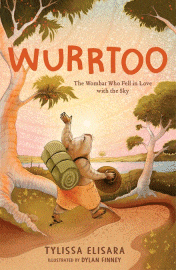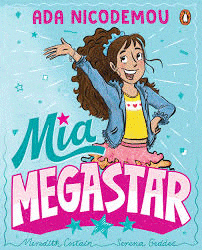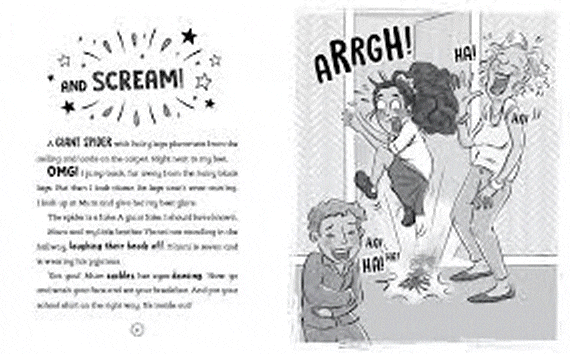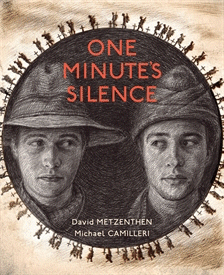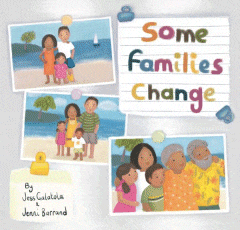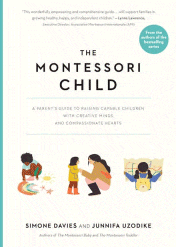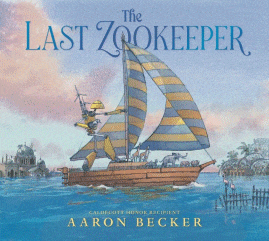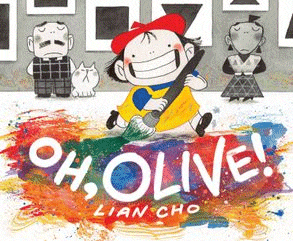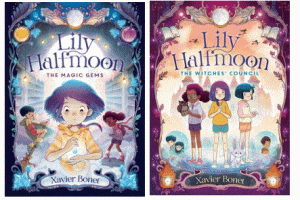
Lily Halfmoon (series)
Lily Halfmoon (series)
9781761180354
9781761069727
Xavier Bonet, translated by Marie Trinchan
A&U Children’s, 2024
80pp., graphic novel, RRP $A17.99
Nine-year-old Lily Halfmoon has just moved to the town of Piedraville. New house, new school and … new powers?
Surprise – Lily is a witch! She must learn magic, and find her animal guardian and gemstone, while keeping her new identity a secret. Not even her family can know.
Protecting the people of Piedraville from evil is no easy task. Especially when a dangerous creature is on the loose. Will Lily finally discover her gem’s unique power with the help of her new friends, Gigi and Mai, all without attracting attention? But a mysterious person is after her rare moonstone, and if they get their hands on it, it could threaten everything Lily holds dear. Will Lily have the strength to fight for what she believes?
The concept of ordinary children discovering magical powers as they become more independent, having to find their particular protective talismans and staving off those who want them is becoming a familiar trope in literature for the emerging reader, but nevertheless, as the enduring popularity of Harry Potter demonstrates, it is one that remains popular and with a constant stream of newly independent readers emerging, discovering it, it will continue to fascinate.
So with its familiar themes, what sets this series apart? Firstly, it is in graphic novel format so the reader has to be able to cope with that format, although this one has more dialogue to carry the story than others, the panels track left to right in a logical sequence and it is in regular font, rather than all capitals, making its appearance more familiar, as well as ‘regular’ pages that add more information and background – so, all in all, making it a solid introduction to this popular format. It also has potential to become a sought-after series, as in The Magic Gems, as well as the plot and premise being introduced, the characters and their relationships are established setting the platform for any number of adventures to come, particularly given the cliffhanger ending..
